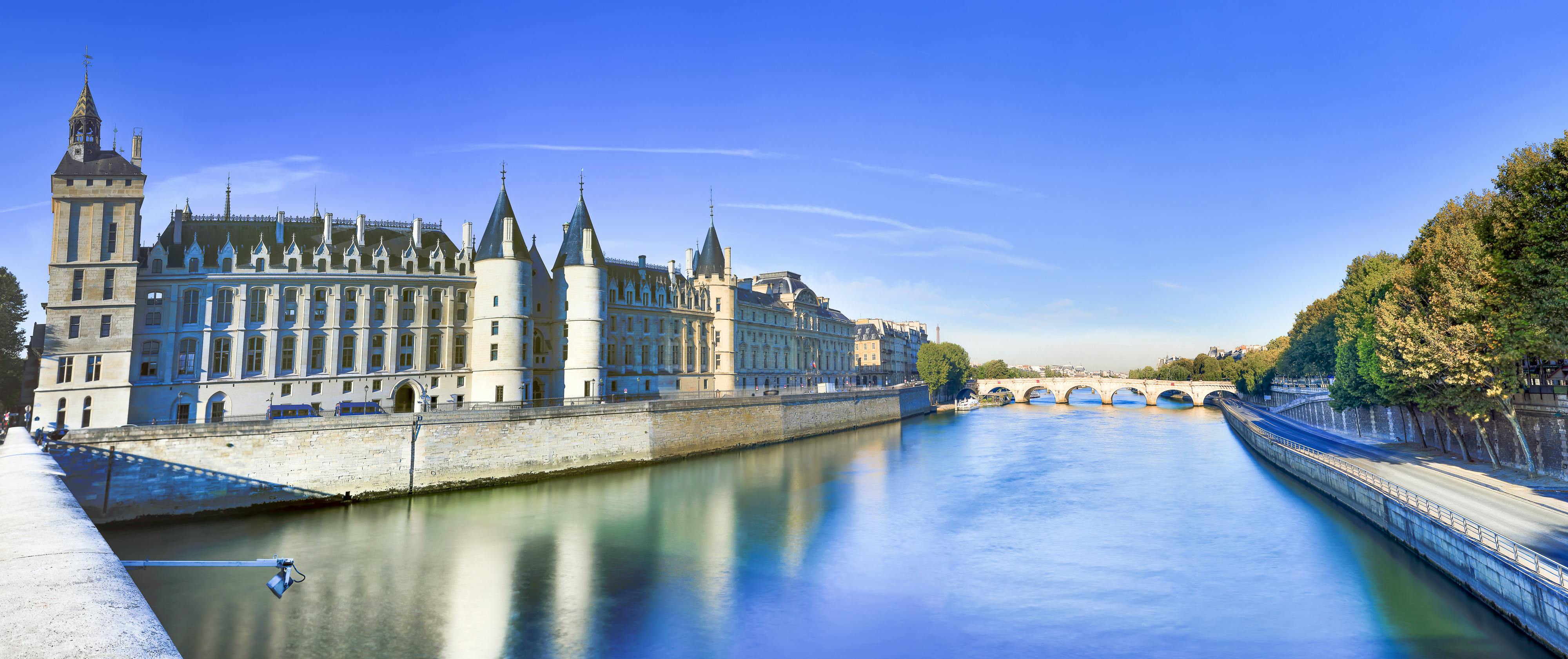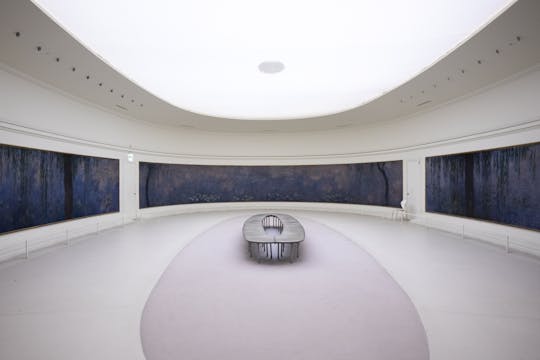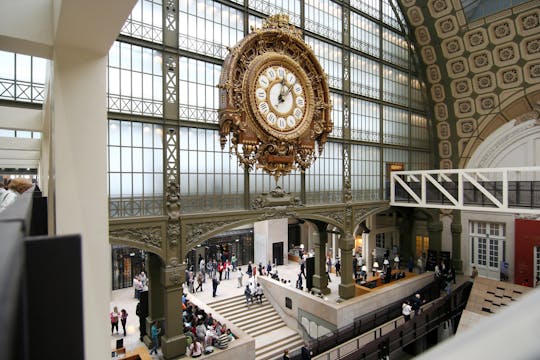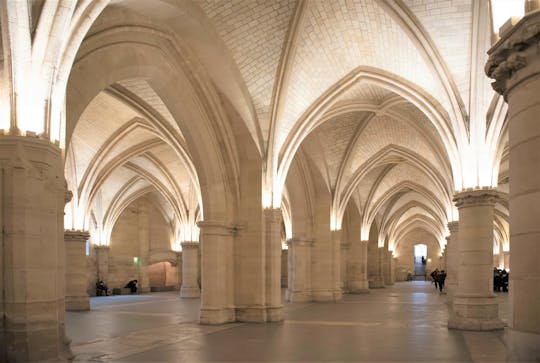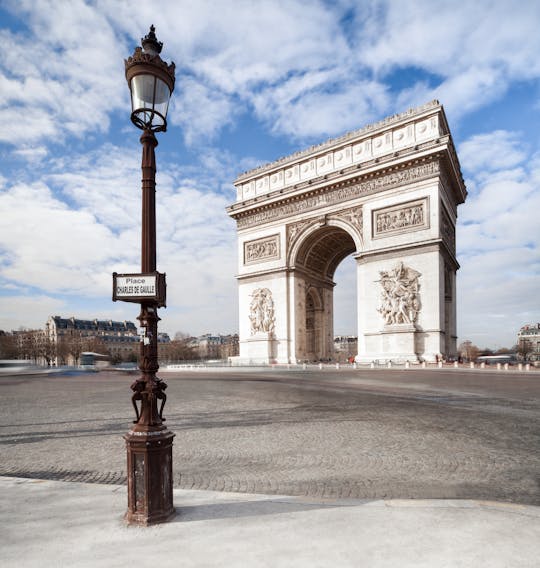Beautiful and history well presented
Abandoned at the end of the 14th century by the Kings of France, the Palais de la Cité consisted of the Conciergerie, Palais de Justice and the Sainte Chapelle.
The Conciergerie took on a judicial role after the Kings left and part of the palace was converted into prison cells where hundreds of prisoners during the French Revolution were emprisoned before getting guillotined. Its most famous prisoner was Marie-Antoinette.
Along with the Conciergerie, the Sainte Chapelle is one of the earliest surviving buildings of the Capetian royal palace on the Île de la Cité and is considered among the highest achievements of the Rayonnant period of Gothic architecture.

